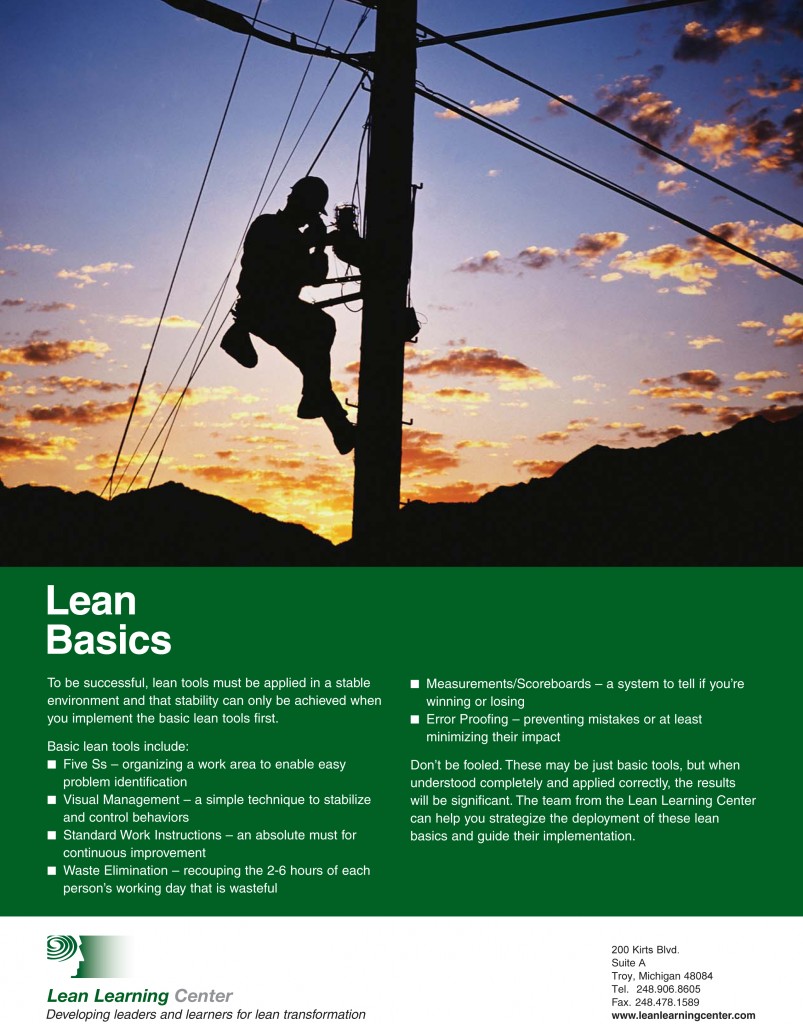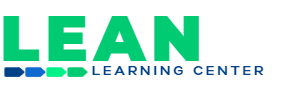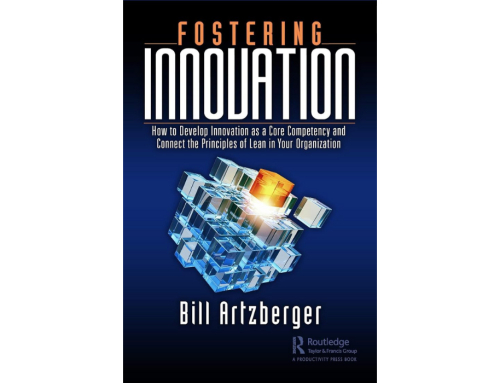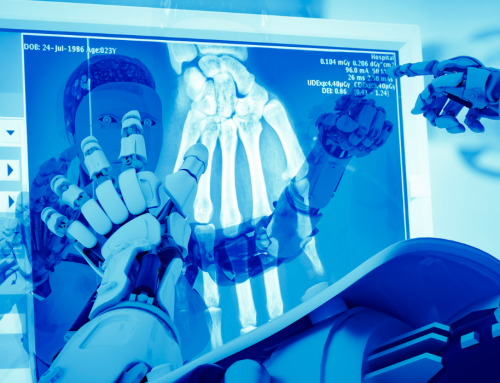What is Lean?
At its core, “Lean” is about improving and optimizing your operations. An organization using lean thinking consistently provides greater value to its customers while consuming fewer resources to do so. Lean organizations do not focus on a single area of their business, they focus on the entire process flow to eliminate waste and create greater customer value.
Lean organizations require less effort, less space, less capital and less time to produce lower cost goods and services with fewer defects. Lean applies in every organization, every business, and every process. It is not a tactic or simple cost-reduction program; it is a way of thinking and acting for an entire organization.Lean does not simply mean performing kaizens, using 5S programs, displaying Lean boards, using visual pull systems or the like. Those are all Lean tools, which you may decide to use someday. However, these tools are not the true foundation of what it means to think and be Lean. You must do more than use a few tools and metrics to enjoy the true benefits of Lean thinking: You must create an enterprise-wide customer-focused learning organization to be successful in creating a long-term, sustainable Lean organization. You don’t get “Lean” or get “Leaned out.” Lean is not a destination – Lean is a continuous journey of self-improvement that takes place every single day that you walk through the doors of your business. Lean is a culture change.

Ford’s constant improvement and waste reduction focus also improved other industries (steel, glass, rubber) and created new products and components out of scrap. Large wood planks became floor boards and body coach panels. Smaller wood pieces became steering wheels and shifter knobs (wood used in steering wheels and shifter knobs on the Model T and Model A was later replaced by an early black plastic developed by Ford – Fordlite or Bakelite). Smaller yet, scrap pieces of wood were burned to provide steam and electricity at the plant. When the scrap wood burning proved to be fairly inefficient, Ford, working with a relative, developed a method to grind, heat and compress the scrap wood to form small black nuggets the size of a golf ball. These small black nuggets have since become the most popular form of fuel for cooking your hamburger on the grill: charcoal briquettes. This relentless quest for process optimization and waste reduction drove Henry Ford and his brother-in-law, Edward G. Kingsford, to create the charcoal briquette industry.
The learning process is the key to process improvement and the key to Lean. This is the one thing you must know to be successful in your Lean journey. If we do not figure out how to do our job better, then our competitors will.
Companies that have been around for a long time, such as Ford, DuPont, P&G, Timken, Harley-Davidson, and Whirlpool, have all learned the secret to survival. By having a continuous improvement mind-set they constantly adapt their product or service to meet the needs of their customers.
“We have always done it this way,” is the silent killer in your organization. As the world rushes by, if you’re not moving with it, you’re holding fast to outdated ideas and principles. This guarantees that when you do open your eyes, you will be far behind the race, and catching up will be the hardest thing you ever do. Change is imperative; but not just any change – not change for the sake of change – but the correct change. You need to make changes that will solve problems, make improvements, and move you forward. You need to make changes that impact your bottom line.
What can Lean do for you?
- Increase your profits
- Improve your product quality
- Increase customer satisfaction
- Improve employee involvement and job satisfaction
- Establish a continuous improvement process
- Innovate quicker with flexible, adaptable approach’s
- Improve team work and communications
- Drive costs down and eliminate waste
- Increase and improve production capability without additional investment
- Improve customer service and responsiveness
- Build a learning organization where daily improvements are part of your culture
Lean Learning Center
The Lean Learning Center was founded in 2001 to address the gaps and barriers that are holding back companies from successful and sustainable lean transformation. In addition to the advanced curriculum, the Center has developed a learning environment designed specifically for adult learning utilizing techniques that include discovery simulations, case studies, personal planning, and reflection – ultimately engaging people at a deep and personal level. We bring our unique lean understanding in creative ways to executives, managers, supervisors, change agents and front-line employees.




